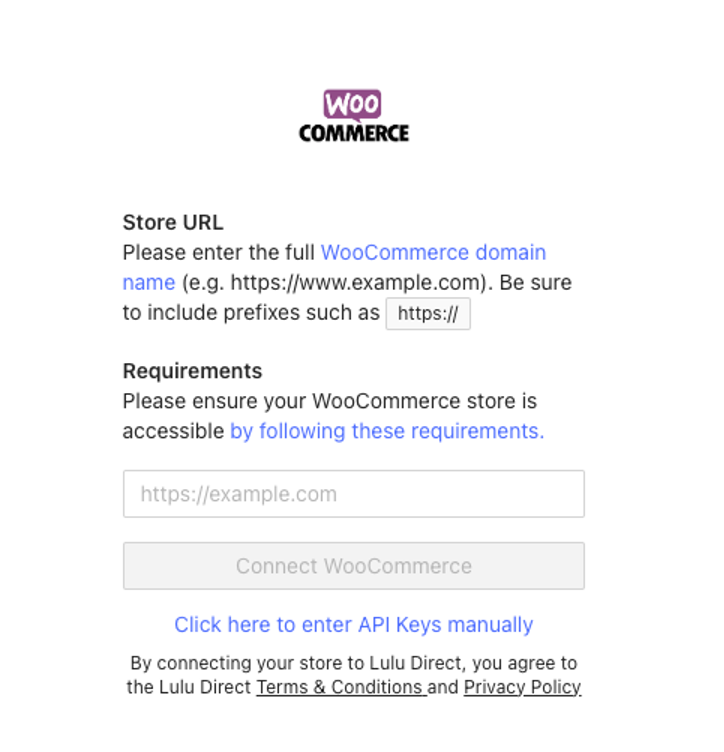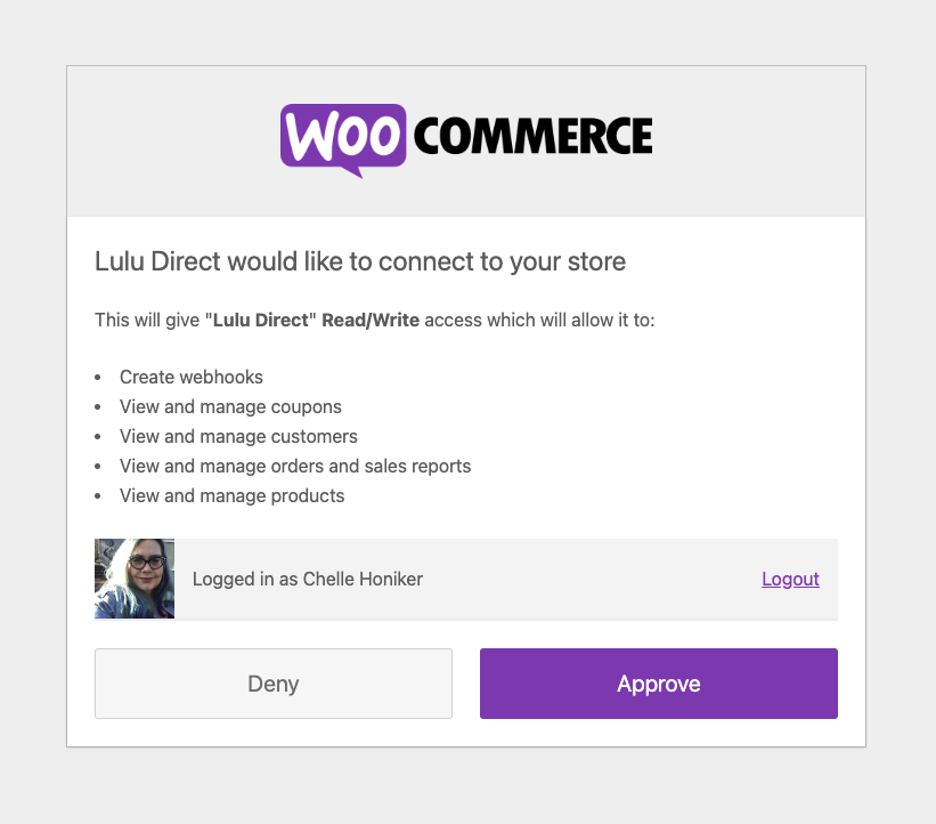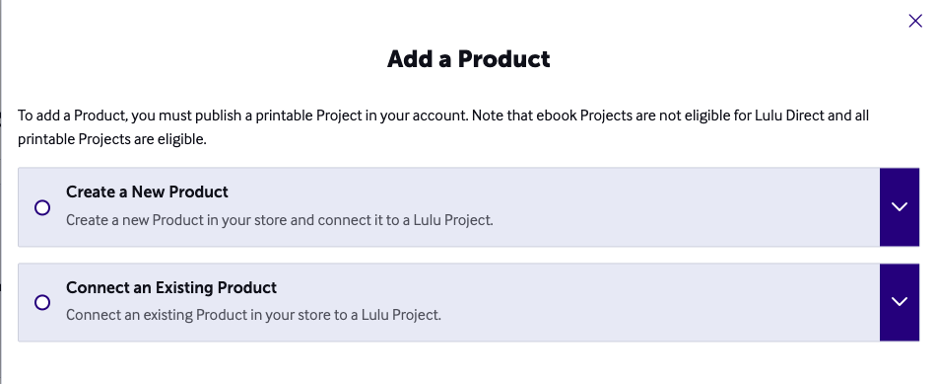From Bookshelf to Bookstore: Exploring Lulu.com’s Four Major Marketing Avenues
In the intricate tapestry of self-publishing, indie authors are constantly searching for ways to better control their income and their relationship with their readers. Lulu.com stands out not merely as another publishing platform but as a comprehensive solution to the dilemma. The platform supports a myriad of projects, from print books to photo books, comic books, magazines, yearbooks, calendars, and e-books. But it also offers authors four distinct distribution avenues tailored to various facets of the publishing journey: a dedicated online bookstore, the Lulu Direct platform, expansive retail distribution, and innovative crowdfunding possibilities.
After creating an account on Lulu.com, you can begin crafting your first project. Then, select one of the four methods to distribute your work to eager readers. Let’s delve deeper into each of these.

Lulu’s Retail Bookstore: Bridging Indie Authors with Global Readers
Lulu.com promotes itself as the largest indie bookseller of those currently in the market, forging a space where authors can connect with an international audience. Its platform accommodates multiple currencies, simplifying transactions for readers worldwide. Amid the expansive retail landscape, the platform carves out a niche that aims to cater specifically to the indie author community, amplifying reach while fostering the vital author-reader bond.
Lulu Direct: Facilitating Direct Sales for Indie Authors
By integrating with popular e-commerce platforms like Shopify and WooCommerce, Lulu Direct—an extension of Lulu.com—streamlines selling books directly from an author’s personal website. This bypasses the need for third-party retailers, potentially offering higher profit margins.
In this scenario, the author lists products they want to sell on their website, and Lulu fulfills the orders transparently. The platform acts as a drop shipper, handling the print-on-demand and shipping duties and leaving the sale in the hands of the author.
Authors must set up their websites to ensure they follow security protocols for credit card collection and privacy policies, as well as tax collection and shipping rates. For more in-depth information on how to create a WooCommerce store, see Indie Author Magazine’s previous reporting on direct sales from September 2021, or explore Author Tech Summit’s Direct Sales course at https://authortechsummit.com.
The processes connecting WooCommerce and Shopify are similar, though if you want to connect a Shopify store, you can visit https://authortechsummit.com for a video walk-through. First, navigate to the Lulu homepage and locate the My Stores option in the navigation menu. Click the “Connect A Store” button.

Input your store URL. Remember to use the HTTPS protocol, as Lulu Direct doesn’t support HTTP connections. Once done, hit the “Connect to WooCommerce” button, and approve the connection.

Pro Tip: Before cementing the connection, ensure your WooCommerce store has permalinks enabled. This can help prevent potential connectivity issues when integrating with Lulu Direct.
Once your site is connected, Lulu gives you a helpful checklist to complete to be sure you’re ready for website sales to process.

The Billing System
Lulu Direct operates on a unique drop-shipping model, streamlining the sales process for indie authors. Once an order is placed on an author’s WooCommerce or Shopify website, the author collects payment directly from the customer. Subsequently, Lulu Direct processes the order using the author’s stored credit card and shipping details. While the customer pays the author, the author’s payment details on Lulu Direct are billed for the printing and shipping costs. This system allows authors to manage customer payments and fulfill orders efficiently, while Lulu Direct handles the backend logistics.
Pro Tip: Create a custom packing slip for your store with your return shipping address and any refund/return policies. Because Lulu acts as a drop shipper, your customer will only have your contact information. If they wish to return their item, they’ll send it directly to you for processing, whether it’s a refund or replacement. You can also craft a personal message to be included with each order on the packing slip.
There are a few other things to keep in mind when using Lulu Direct’s store for sales through your website.
Production Delay
Every order is subject to a production delay, which provides authors the flexibility to make last-minute tweaks or even cancel the order. This is a safeguard against hasty decisions or inadvertent errors, and Lulu Direct permits you to adjust this window up to twenty-four hours based on your comfort level.
Automatic Order Approval
If you’re confident about your orders and wish to expedite the production process, you can enable automatic order approval, allowing orders to proceed to production after the production delay, without the need for manual oversight.
Automatic Payments
If automatic payments are enabled, Lulu Direct will handle the financial aspect of fulfilling an order. Following the production delay, the platform can use your saved payment method to cover printing and shipping expenses.
Shipping
Lulu Direct prioritizes both cost effectiveness and traceability. When a customer chooses a shipping method, the platform auto-selects the most economical trackable option available. However, if the author has specific preferences or needs, the platform allows for manual adjustments on the Order Details page before the order payment is processed.
To get a clearer picture of the shipping costs and options, Lulu Direct offers a pricing calculator for estimated rates on its website.
Once you’ve completed the steps to complete your contact and billing information, you can create a product for sale on your website. Note that the site differentiates a “project”—what you’re selling: print book, photo book, comic book, magazine, yearbook, calendar, or e-book—and a “product,” a listing on your website for sale.
Creating a Product
Once you have your projects prepared in Lulu, and set up your store details, you can create a product. When you click on “Add a Product,” you have two choices: Create a New Product or Connect an Existing Product.

Creating a new product uses the basics of your project and attempts to create a new product in your WooCommerce store on your website. This method should be the most simple, but some users report that varying WordPress security settings can make this glitchy and produce errors without a clear direction to resolve them.
The more reliable method is to connect an existing product by first creating a WooCommerce product on your website and then connecting it to Lulu.
Pro Tip: Keep the product listing on your website simple to start. The bridge between your website and Lulu will time out if your description is over two hundred fifty words. Connect the product with the project, then revise the product on your website with the full blurb and sales copy you want your customers to see.
Retail Distribution: Centralizing Sales and Distribution
Along with Lulu’s own bookstore, the platform offers an integrated global distribution service, linking authors to various online and physical retailers and allowing them to oversee all sales and revenue from a single dashboard.
When compared to managing sales via platforms like Amazon’s KDP or Ingram Spark, Lulu’s approach is streamlined. Instead of juggling between platforms, everything is centralized.
For those considering Lulu’s distribution, keep in mind the following:
- Submission and Approval: Authors start their project and select the Global Distribution option, and must provide essential details like an ISBN.
- Fees: For print editions, authors must order, review, and approve a proof copy. E-books have a one-time distribution fee, which varies.
- Guides: Lulu offers detailed guidelines to aid authors. The Global Distribution Guide and the Eligible Products Guide provide insights into the requirements and eligible product types for global distribution.
Crowdfunding with Kickstarter via Lulu
Crowdfunding platforms like Kickstarter offer an avenue for authors to fund publishing projects, whether it’s their first book or a special edition. When leveraging Kickstarter, authors set a funding goal and craft a campaign page with details about the book and reasons readers should support it. Various rewards at different funding levels can reward backers. Once the project attains its funding goal, authors receive the funds, which can be allocated to editorial services, cover design, and printing copies for backers.
For those who achieve their funding goals in a crowdfunding campaign, Lulu can simplify the process of fulfilling bulk orders for backers. After publishing the book on Lulu at no cost, authors can employ the Order Import tool to upload a CSV file containing backers’ order and shipping details. Lulu then takes on the responsibility of printing and drop-shipping the orders to backers globally.
Summing Up Lulu’s Versatility
The journey of self-publishing is intricate, with multiple paths to traverse. Platforms like Lulu.com present indie authors with a comprehensive toolkit catering to various facets of this journey. From retailing on Lulu’s dedicated bookstore to facilitating direct sales through Lulu Direct, ensuring expansive retail distribution, or leveraging the power of crowdfunding, Lulu endeavors to be a holistic solution for indie authors. As the publishing landscape continually evolves, being equipped with the right tools and knowledge can make all the difference, and Lulu.com stands as a potent ally in this endeavor.







